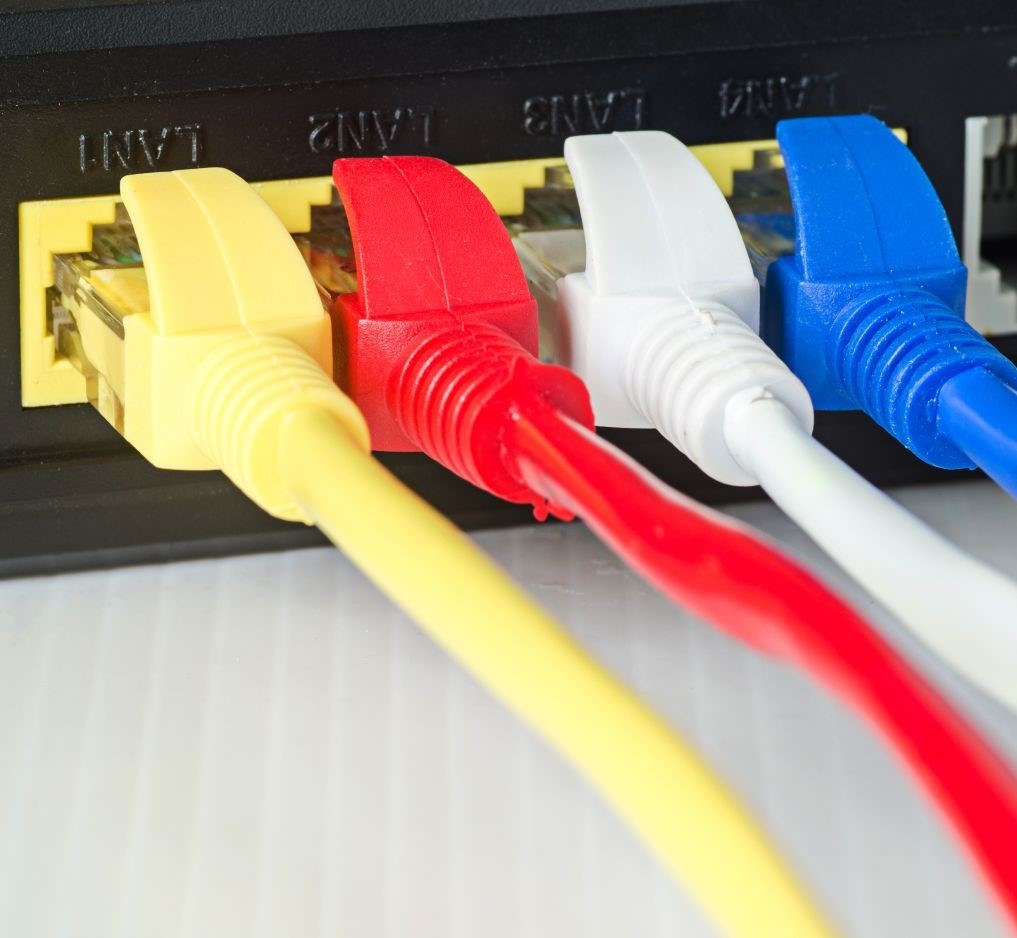
Blog posts
 Beginner's guide to routers
Beginner's guide to routers
A router is a piece of hardware that connects two different networks, allowing various devices, also known as network clients, to exchange data. According to data-alliance.net, the average wireless router can support up to 50 clients that are connected at the same time. Home users are encouraged to limit the number of network clients to a maximum of 10 devices, though.
There is an explanation for this. Just like a regular computer, any router includes a central processing unit (CPU), a flash memory which stores the required data (similar to a hard drive), ROM memory (similar to your computer's FLASH memory), RAM memory, and so on. So, there are routers which use faster CPUs and have more memory, but the more devices you connect to the network, the slower the router will run. In addition to this, even if you've got a fast 1 Gbps Internet connection, the speed will be limited to a modest 20 Mbps if you connect 50 devices to your router. So, be wise and add as few clients as possible to your wireless network.
Here's how your router works. When you press the power button, the device will start loading its OS. Most hardware manufacturers utilize their own operating systems, but there are several open source router OSs as well – VyOS, for example. These third-party operating systems can be very useful, because they may add new features to your router and/or will allow you to keep it properly patched even if the company you've bought it from stops releasing firmware updates and security patches.
Once that the OS is loaded, the router will open and read the configuration file, which tells it what networks to create, their names, their passwords, sets various network options, and so on. If the configuration file is missing or is damaged, a new one will be created from scratch. It's what happens when you set up a new router, or when you press and hold the tiny switch that's usually located on the front or back router panel for 10 seconds or so, resetting your device.
Your router is now ready to do its job, redirecting all the data packets to their proper destinations almost instantly, based on their IP addresses. It uses a routing table to make sense of all the received information so fast, of course.
Modern routers may be really fast, but many people continue to experience poor wireless coverage in their homes. As you already know, router hardware plays a key part. Weaker radio chips have a lower transmission power, and stock router antennas are often inexpensive, having a low gain. So, try to invest some of your hard-earned cash into a quality router; this will help you a lot down the road.
If this isn't an option, it is important to know that most routers have replaceable antennas. Therefore, if wireless signal is way too weak for your needs, purchase a high-gain antenna or build one and I guarantee that you will see a significant improvement. The position of your router is important as well; ideally, the device should be placed on the top floor, in a room that's near the center of your home.
Keep the router off the floor; place it as high as possible - on top of a cabinet, for example. Choose an area where there aren't too many electronics devices in range; cordless phones, baby monitors and microwave ovens operate using the same frequencies with your router, so they may cause serious interference problems. One more thing: some studies show that wireless radiation may cause some forms of cancer, especially in children and teenagers. So, don't put routers and other wireless devices in their rooms, if possible.
If everything fails, purchase and install a signal repeater. It's a device that receives, boosts and then retransmits the amplified Wi-Fi signal, helping increase signal coverage. Wireless repeaters are inexpensive and can fix all these issues for good.